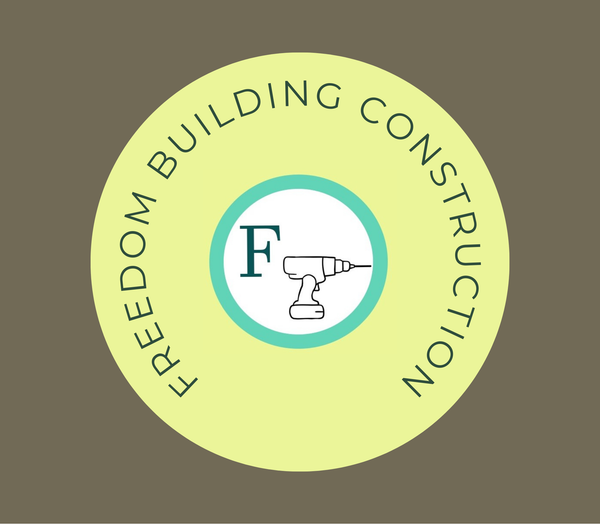Installation Guide to install a 4 Steps Handrail with Flexi Elbow
Are you looking to install a 4 Steps Handrail with Flexi Elbow but not sure where to start? Don't worry, we've got you covered with this easy installation guide. Follow these simple steps to ensure the height from the stair nosing to the top of the handrail is approximately 900mm to meet the requirement.

Step 1: Gather Your Tools
Before you begin the installation process, make sure you have all the necessary tools handy. You will need a drill, screws, a measuring tape, a level, and of course, the 4 Steps Handrail with Flexi Elbow kit.
Step 2: Measure and Mark the Height
Using your measuring tape, measure the distance from the stair nosing to the desired height of the handrail, which should be around 900mm. Mark this height on the wall where you will be installing the handrail.
Step 3: Install the Handrail Brackets
Next, it's time to install the handrail brackets. Use a level to ensure they are straight and then secure them to the wall using the screws provided in the kit. Make sure the brackets are evenly spaced along the length of the handrail.

Step 4: Attach the Handrail with Flexi Elbow
Once the brackets are securely in place, it's time to attach the handrail with the Flexi Elbow. Simply slide the handrail into the brackets and secure it in place. The Flexi Elbow will allow you to adjust the angle of the handrail to fit the contour of your stairs perfectly.
And there you have it! With these 4 simple steps, you can easily install a 4 Steps Handrail with Flexi Elbow in your home. Remember to double-check the height from the stair nosing to the top of the handrail to ensure it meets the required 900mm. Now you can enjoy added safety and style in your space!
